Research in Symmetries at the University of Kentucky
1. Caustic apertures for measuring the lifetime of the neutron Mentor: Christopher Crawford
Skills learned: Data analysis, finite impulse response (FIR) filters, least squares fitting

A high accuracy measurement of the decay lifetime of free neutrons could provide a test of the theory of Big Bang Nucleosynthesis. An experiment to do this is now being designed for the NIST nuclear reactor. It is essential to this measurement to know the absolute neutron flux and the precise rate of proton creation (through neutron decay) of a neutron beam as it passes through a known volume. The neutron detector involves a thin film of the Li-6 isotopes which react with some of the neutrons in the beam, producing alpha and triton particles, which are then captured in silicon detectors. One of the primary sources of error is the variation of detection efficiency across the surface of the detector due to varying distances from the silicon detectors. This project is to invent a novel 3-dimensional aperture for these detectors based on principles of the rainbow, which will have, in theory, 100% uniformity.
2. Machine learning for abstract algebra Mentor: Anatoly Dymarsky
Skills learned: mathematical modeling, programming, basic machine learning.
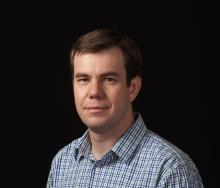
The project will explore the use of Machine Learning (ML) algorithms to solve mathematical problems, from "memorizing" multiplication tables to recognizing various geometric patterns. We will play with various network architectures, especially activation functions, to see how that affects the performance. The idea would be to understand the relation between optimal architecture and the nature of the task at hand. The project is exploratory in nature: the only prerequisite is a basic knowledge of Python--no advanced knowledge of ML or mathematics is necessary.
3. Using jets to study the hadronization process in QCD Mentor: Renee Fatemi
Skills learned: MC simulation, PYTHIA and GEANT4
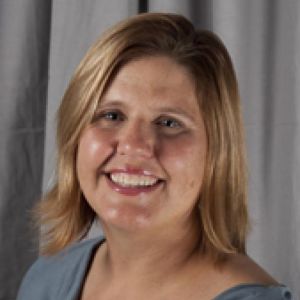
The Relativistic Heavy Ion Collider (RHIC) at Brookhaven National Lab (BNL) collides high energy beams of polarized protons or as well as heavier ions. The large acceptance detector STAR allows for the study of hadronization in QCD. %, the process by which quarks and gluons emerge as the final state particles that make up our universe. There are a variety of projects in computing oriented jobs that the REU could engage in, ranging from the analysis of recent data taken with the STAR Forward Upgrade detector or simulations of that model the hadronization process. The student will use the BNL computing system. and job submission tools and learn the basics of manipulating and analyzing large datasets.
4. MC simulations of neutron beta-decay experiments Mentor: Jason Fry (Eastern Kentucky University)
Skills learned: Python and C++, data analysis

The decay of a neutron is the most fundamental weak interaction in nature. By measuring the neutron lifetime and the kinematic correlations of the decay products, one can extract a fundamental constant of the Standard Model describing how quarks transform into each other. This project is to study the decay electron and protons to characterize systematic effects in the Beam Lifetime (BL3) and electron-neutrino correlation (Nab) (measuring unpolarized decay correlations) experiments needed to reach the ultimate goal in sensitivity. Each experiment and the prospective student would gain experience working with a simulation group as well as a larger group in the collaboration.
5. Crystal growth of topological magnetic metals Mentor: William Gannon
Skills learned: Crystal growth, scanning electron microscopy, X-ray diffraction, data analysis
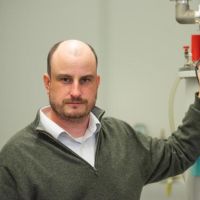
Understanding novel, topologically protected electronic states in materials where magnetic moments are also present is an area of intense study due to their potential use in next generation technologies.
This project is to grow single crystals of such materials expected to have magnetic moments as well as topologically protected electronic states and characterize them in our lab. As the crystal structure of these materials is typically a driving factor in the interesting topological physics, by measuring the chemical composition of the crystals with scanning electron microscopy and determining their crystal structure with X-ray diffraction will be the primary efforts for this project.
6. Digital signal processing (DSP) of Fermilab g-2 data Mentor: Tim Gorringe
Skills learned: Data analysis, programming in Python, Matlab and ROOT

The muon's anomalous magnetic moment is determined by measurement of its corresponding anomalous precession frequency omega_a. Within the g-2 collaboration the UK group is responsible for the collection and the analysis of the so-called Qmethod dataset for the omega_a eextraction. The Qmethod data consists of continuously digitized traces from the twenty-four g-2 electromagnetic calorimeters. The baseline analysis for extracting omega_a utilizes a rolling-average DSP technique to identify the signals of positrons from muon decays. This REU project will use the existing Qmethod dataset to study alternative processing techniques to identify positron signals. The project will expose REU students to topics including discrete-time sampling, information theory, time/frequency domains, noise/filtering, DSP algorithms, compression algorithms, and machine learning that are important in such areas as image, video, and speech processing.
7. What drives the X-ray variability of active galactic nuclei (AGN) Mentor: Dirk Grupe
Skills learned: Astronomical data analysis, Statistical data analysis techniques using R

Active Galactic Nuclei (AGN) are accreting super-massive black holes in the centers of galaxies. The goal of this project is to analyze the X-ray variability of AGN and correlate them with other AGN properties such as black hole mass and accretion rate. This requires creating X-ray count rate and hardness ratio light curve from X-ray observations obtained by the NASA Swift mission of a sample of more than 100 AGN. Statistical tools like a Principal Component Analysis and Cluster Analysis will be applied to the data in order to search for underlying drivers of AGN variability.
8. The many-body ground state of Hubbard model Mentor: Chunli Huang
Skills learned: many-body physics, diagonalization of few-body Hamiltonian systems

The Hubbard model serves as a cornerstone in the field of strongly correlated physics, yet solving it completely remains a challenge even today. Characterized by just two parameters, this elegant model reveals a rich variety of many-body phases, such as superconductivity, antiferromagnetism, Fermi liquid, and density wave states. This project specifically investigates magnetism and superconductivity by applying exact diagonalization to a small-size Hubbard model to explore the complicated behavior of quantum many body systems.
9. Resonant faraday rotation on atoms Mentor: Wolfgang Korsch
Skills learned: Operation of lasers, light-matter interaction, atomic spectroscopy

The application of resonant Faraday rotation as a sensitive device to monitor the stability of magnetic fields has become very popular in many precision studies. Faraday rotation is a magneto-optical effect where linearly polarized light gets rotated when it interacts with certain materials in the presence of a longitudinal magnetic field. Here we try to push this technique to very low magnetic fields with the final goal to measure the nuclear spin polarization of a dense helium-3 target. This project will involve exposure to laser spectroscopy, data taking techniques, and the analysis of light polarization.
10. Radioactivity of next-generation rare-event searches Mentor: Ryan MacLellan
Skills learned: subatomic particle detection, computer programming, data analysis.
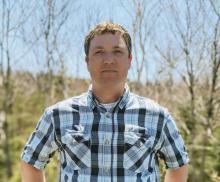
Rare event physics searches require exceedingly low levels of radioactive backgrounds. Eliminating the effects of radioactive backgrounds requires being able to measure them. Our group can achieve world leading sensitivity to natural radioactivity in materials--sub part per billion--by two complementary techniques that both utilize using high purity germanium detectors, one at the University of Kentucky and one 4850 ft underground in a mine in South Dakota. This project will further develop the analysis tools, in Python, C++, and ROOT, to develop methods to measure the radioactive content of candidate materials for a next generation neutrinoless double-beta decay search using one or both of these techniques.
11. Probing nuclear reactions that power stars and stellar explosions Mentor: Ruchi Mahajan
Skills learned: particle detection, computer simulation, data analysis.
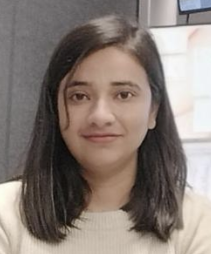
Understanding how stars create the elements in the universe requires precise knowledge of the nuclear reactions that drive stellar and explosive nucleosynthesis. Many reactions, including those relevant to the s-process, r-process, X-ray bursts, and core-collapse supernovae, remain poorly constrained at astrophysically relevant energies. This project engages students in a multi-facility experimental program spanning the University of Kentucky, the Facility for Rare Isotope Beams (FRIB), and the John D. Fox Laboratory at Florida State University. At UK, the 7 MV Van de Graaff accelerator will be used to produce quasi-stellar neutron spectra via the 7Li(p,n) reaction, enabling neutron capture measurements and simulations critical for the s-process. Students will also analyze β-delayed charged-particle emission from the decay of 20Mg and 58Zn, providing essential data for proton-induced reactions in X-ray bursts and supernovae. Participants will gain hands-on experience with radiation detectors, data acquisition, Python/C++/ROOT analysis, and Monte Carlo simulations, contributing to high-precision nuclear data that improve our understanding of how the elements are formed in the cosmos.
12. Topological excitations in quantum hall systems Mentor: Ganpathy Murthy
Skills learned: Numerical simulations of quantum dynamics of Skyrmions.

Quantum Hall systems are some of the simplest two-dimensional topological insulators. The bulk does not conduct. However, the edge supports gapless charge excitations. When there are internal degrees of freedom such as spin (or both spin and valley in graphene) interactions can cause a spontaneous polarization of the spin/valley, thus forming what is called a quantum Hall ferromagnet. It turns out that Quantum Hall ferromagnets can support topological excitations called Skyrmions, which are the lowest energy charged excitations in the bulk. The project will focus on the analytical and numerical investigation of Skyrmion energetics and dynamics in such systems.
13. Nuclear structure from gamma ray spectroscopy Mentor: Erin Peters
Skills learned: gamma-ray spectroscopy, accelerator operation, data analysis.
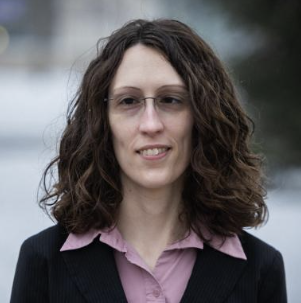
The University of Kentucky Accelerator Laboratory (UKAL) is home to a 7 MV Van de Graaff accelerator. At UKAL, the accelerator is used to produce beams of protons or deuterons which then undergo a nuclear reaction with a gas target in order to produce monoenergetic neutrons. These neutrons are inelastically scattered from a sample of an isotope of interest producing gamma rays. Using gamma-ray spectroscopy, we can study the structure of atomic nuclei characterizing their excited state half-lives and other information. The project will involve running experiments at UKAL and analyzing the collected data to obtain nuclear structure information.
14. Unveiling the physical drivers of galaxy disk formation Mentor: Ryan Sanders
Skills learned: photometry, morphological classification, data analysis and fitting.
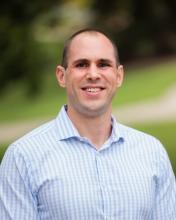
Kinematically cold and thin galaxy disks are thought to emerge when cosmological gas accretion evolves from a "cold mode" in which the accretion rate varies significantly with time to a smooth "hot mode" as the galaxy and halo masses increase. Theoretically, it is expected that the transition from irregular or thick disk to thin disk systems will be accompanied by a transition from bursty star formation to smooth galaxy-integrated star formation, where the latter may also be associated with the gravitational potential and the ability of a galaxy to retain outflowing gas near the disk. This project will aim at improving our understanding of the physics of disk formation in galactic evolution by using the UV/H_alpha ratio to identify the presence of bursty star formation, and comparing this value to morphological disk or irregular classifications from imaging of high-redshift galaxies to test whether disky systems exhibit less burstiness than non-disk systems. This project leverages publicly-available JWST imaging and spectroscopy of high-redshift (z=2-6) galaxies.
15. Simulation and design of charged particle detector Mentor: Mae Scott (Centre College)
Skills learned: Monte Carlo simulation, data analysis
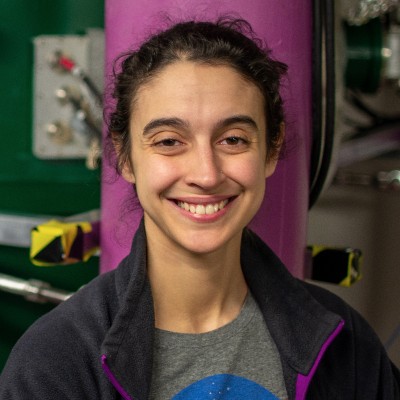
The CP-TKID collaboration is working to design new cryogenic detectors that will provide even more precise measurements for neutron beta decay experiments. Our collaboration has already developed a base prototype that is undergoing rigorous testing and characterization at the National Institute of Standards and Technology (NIST) in Boulder, CO. This project is to contribute to the design and characterization of the prototypes via data analysis and simulation with either Geant4 or Sonnet EM simulation software.
16. Topological heterostructures with broken T-reversal symmetry Mentor: Ambrose Seo
Skills learned: Vacuum technology, crystal growth, spectroscopic analysis

In simple theoretical models, the state of matter is governed by its atoms and how they are bonded to one another in crystal structures. However, properties of materials can change at phase transitions as external conditions are varied, even though the atoms and structures remain the same. These phenomena lead to novel concepts such as the order parameter and spontaneous symmetry breaking. We are now witnessing another paradigm shift: The state of matter is also governed by "topological invariants." This means that the state of matter depends on how quantum wavefunctions are tied in a knot.
This REU project will study the nontrivial topological invariant phenomena that emerge in low dimensional systems such as thin-film heterostructures consisting of iridates and ruthenates due to the interplay between strong electron correlations and the relativistic spin-orbit interaction.
17. The dynamical state of galaxy clusters in IllustrisTNG Mentor: Yuanyuan Su
Skills learned: Astronomical data analysis, computer simulations
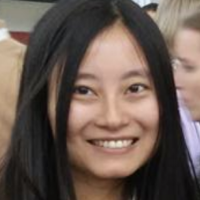
Clusters of galaxies are the largest gravitational bound systems in the Universe. The mass function of galaxy clusters can be a very valuable probe to cosmology parameters. Dynamically relaxed clusters are much superior to disturbed systems as their masses can be more accurately measured. Most dynamical state matrices are designed for The physics of the brighter cluster centers is better understood, but cluster masses are measured with cluster outskirts. This project aims to establish a relation between cluster center properties and the dynamical state of cluster outskirts using the cosmological simulation IllustrisTNG, to effectively identify truly relaxed clusters for cosmology study. More specifically, a power spectrum study of both the baryon and dark matter of a sample of clusters will be derived.
18. RR Lyrae variable stars Mentor: Ron Wilhelm
Skills learned: Data analysis, spectrum and imaging simulation

RR Lyrae variable stars (RRL) are ancient, evolved, low-metallicity, helium-core burning stars that pulsate fundamentally in the radial mode. As technology and temporal monitoring surveys have advanced, superior data sets.
New technology and temporal surveys have revealed complex interactions, such as the effects of resonant frequencies and non-radial pulsation modes. The classical interpretation of simplistic pulsation modes for RRLs is quickly disappearing and it is becoming increasingly likely that classical, stable pulsating RRLs do not exist. One recognized RRL pulsation complexity is Stochastic Period-Fluctuating variables (SPF). The SPFs have rapid period changes that are not correlated to either external (orbital changes due to binarity) or internal effects (periodic Blazhko effect). Our project involves high-precision, photometry observations of SPF, coupled with analysis of ground base monitoring programs, such as the Kilodegree Little Telescope (KELT), and space-based observations such as the Transiting Exoplanet Survey Satellite (TESS).
This project includes the following tasks: a) collection of observations of the variable stars over the course of the REU project, using our on-campus, MacAdam Student Observatory, or remote observations using the Moore Observatory. b) Data reduction and analysis using the software package AstroImageJ to produce high-precision light curves for the individual Stochastic Period-Fluctuating variables. c) Analysis of light curve data and other ground- and space-based data from our observations, previous observations, including the multi-year survey by KELT, and continuous observations from the space-based data of TESS. This analysis will make use of using the software Period04 to produce a Fourier spectrum, to identify frequency peaks and characterize their frequency, amplitude and phase for all significant Fourier structure. Observations will be conducted throughout the REU project, as dictated by the weather. REU investigators will spend the first two weeks learning and using AstroImageJ, followed by 3-4 weeks learning and using the Period04 software.
All data and results will become part of our ongoing monitoring program of SPFs.
19.Are two copies of a quantum system more interesting than one? Mentor:Alexey Milekhin
Skills learned: quantum integrability; classical simulations of quantum systems using exact diagonalization; convex optimization; quantum field theory of free fermions
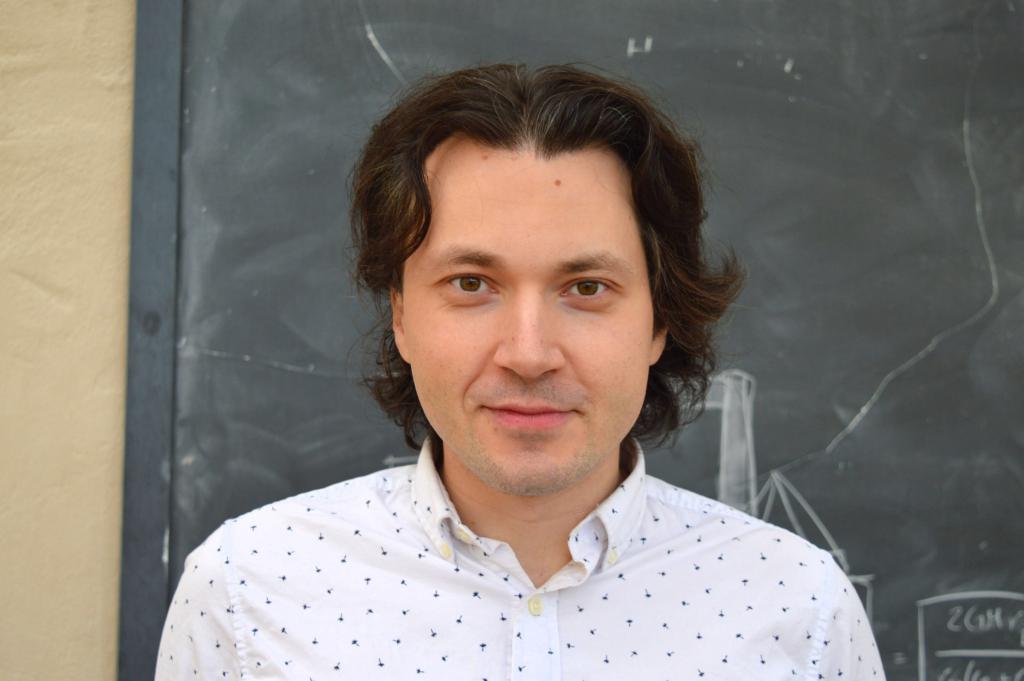
Modern quantum simulators allow us to access the dynamics of open quantum systems far from equilibrium,
with applications in condensed matter and quantum gravity. The overarching aim of this research project
is to understand this dynamics better using a combination of analytical and numerical techniques.
In stark contrast to classical systems, one often needs to study *multiple copies* of the same quantum system in order to understand its dynamics. However, this approach, also known as the replica approach, potentially might introduce extra elements which were not present originally. The goal of the project is understand to which extend it is, or is not, true.
One specific question to be addressed if the replicated system has extra symmetries or conserved quantities.
Prerequisites: linear algebra, quantum mechanics I, elementary proficiency in a programming language (for example python or julia)
